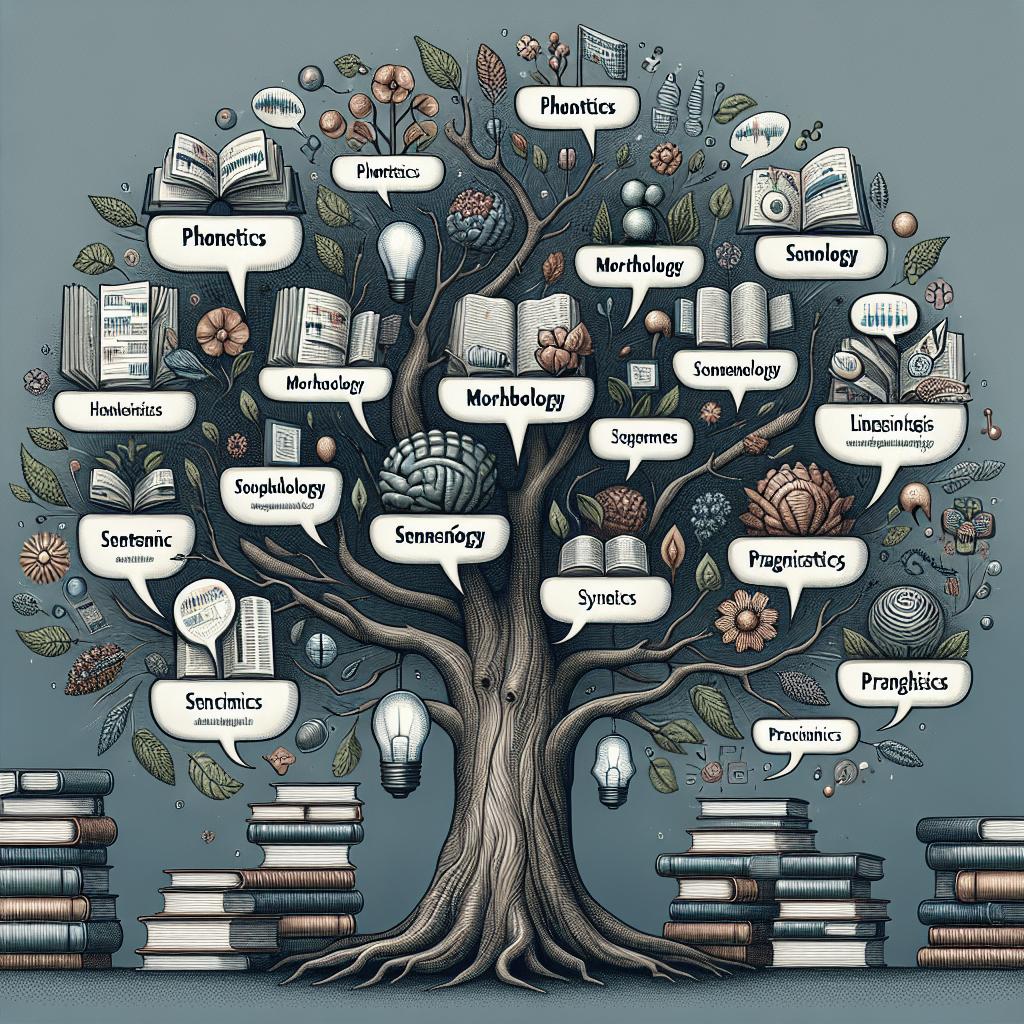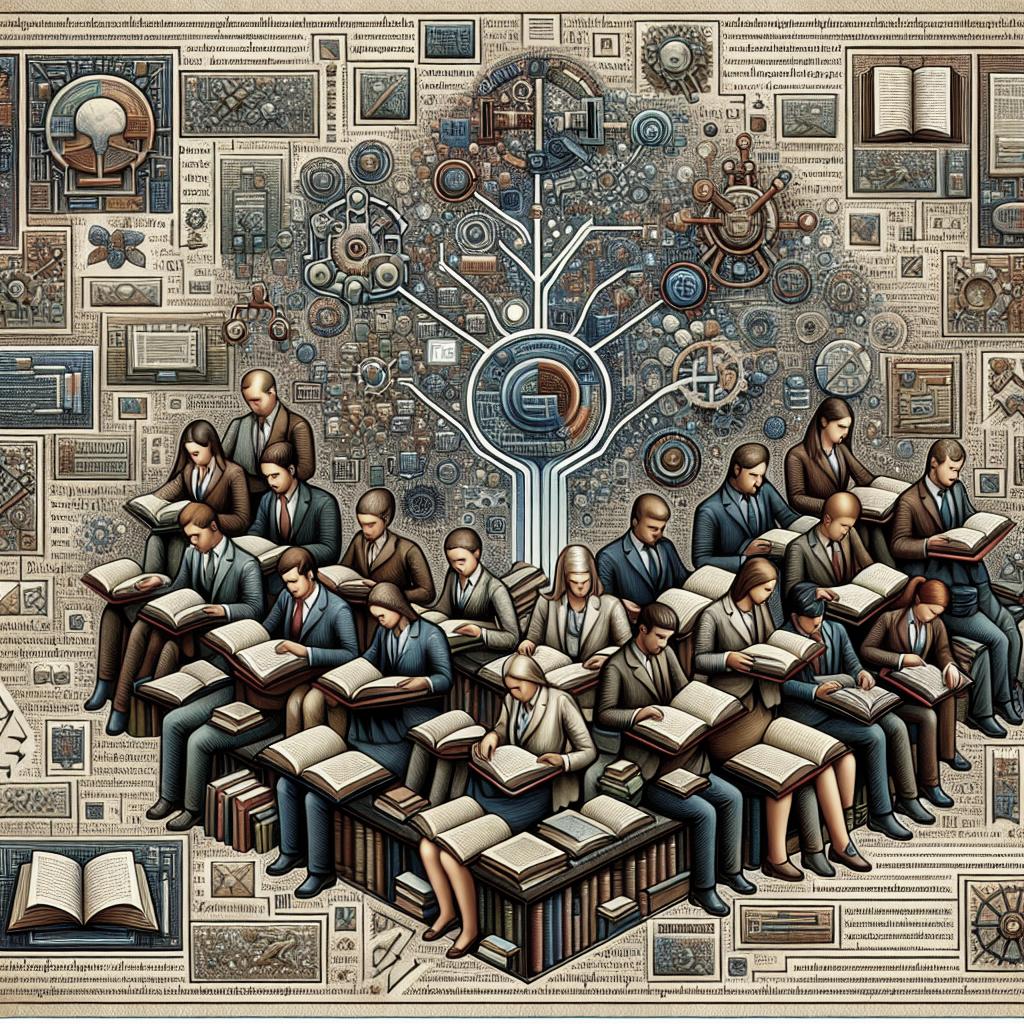< lang="en">
Understanding metaphor and metonymy is crucial for analyzing language in literature, news media, and everyday communication. This blog post unpacks these figures of speech, illustrating their differences and functions. We’ll explore examples, analyze their impact on meaning and literature, and discuss their roles in creative writing. Whether you’re a budding writer, a seasoned journalist, or simply curious, this guide will enhance your ability to identify and interpret metaphor and metonymy effectively.
Go Figure
Understanding Metaphor and Metonymy
Metaphor and metonymy are foundational concepts in the study of language. A metaphor involves describing one thing by referring to something else, suggesting a likeness or analogy between them. For example, « Time is a thief » does not mean that time literally steals, but that it takes away moments just as a thief would. Metaphors create vivid imagery and convey deeper meanings that go beyond literal descriptions, enriching the reader’s or listener’s experience.
Metonymy, on the other hand, involves the substitution of one term with another that is closely related. For example, referring to the business world as “the boardroom” uses metonymy: the boardroom stands for corporate decision-making structures. This figure of speech helps streamline communication by relying on commonly understood associations.
Analyzing Metaphor in Texts
To analyze a metaphor, start by identifying the two elements being compared: the tenor (the subject) and the vehicle (the image or concept used to describe the subject). Consider what qualities or attributes are transferred from the vehicle to the tenor and how this shapes our understanding of the subject. For example, the metaphor “The world is a stage” compares the world (tenor) to a theater stage (vehicle), implying that life is a performance where people play roles.
Next, examine the context and purpose of the metaphor. Ask why the author chose this particular metaphor and what effect it has on the audience. Is it used to elicit emotion, create a vivid image, or convey a complex idea more simply? Analyzing these aspects can reveal the underlying themes and messages in a text.
Analyzing Metonymy in Texts
When analyzing metonymy, first identify the terms involved and their relationship. Determine how the substituted term relates to the original concept and why the author chose this specific association. For instance, saying “The White House announced” uses metonymy, where “The White House” stands for the U.S. government. This substitution relies on a well-known association, making communication more efficient and impactful.
Consider the effect of metonymy on the reader’s perception. Metonymy can create familiarity and make abstract concepts more tangible. It can also evoke broader contexts or connotations that enrich the message. By understanding these connections, you can appreciate the layered meanings within a text and how metonymy guides interpretation.
Metaphor and Metonymy in Literature
In literary texts, metaphors and metonymies serve different yet complementary purposes. Metaphors often enhance the emotional and aesthetic impact of a narrative. For example, in Emily Dickinson’s poem “Hope is the thing with feathers,” the metaphor of hope as a bird evokes feelings of lightness and freedom. This poetic device not only beautifies the text but also deepens the reader’s understanding of the abstract concept of hope.
Metonymy, while less overtly poetic, adds layers of meaning through association. In F. Scott Fitzgerald’s “The Great Gatsby,” the frequent references to “East Egg” and “West Egg” use metonymy to convey complex social and economic divides specific to the setting. By understanding these metonymies, readers can better grasp the nuanced commentary on American society during the 1920s.
Applying Metaphor and Metonymy in Creative Writing
When crafting your own writing, weaving metaphors can add depth and intrigue. Start with specific images or experiences and think of unexpected comparisons that can convey your message more vividly. Metaphors are particularly powerful in their ability to evoke emotions and imagery, helping readers connect with the text on a deeper level. For instance, describing anxiety as “a storm inside my chest” makes an abstract feeling intensely visual and visceral.
Incorporating metonymy can enhance realism and relatability. Use well-known associations to create immediate understanding and context. For example, mentioning “Silicon Valley” in a story about tech innovation instantly conjures a range of ideas about the tech industry, innovation, and economic trends. This efficiency in communication allows you to layer meaning without lengthy explanations.
Future Prospects
| Sections | Key Points |
|---|---|
| Understanding Metaphor and Metonymy | Metaphor is about likeness and analogy, while metonymy involves substitution based on close relationships. |
| Analyzing Metaphor in Texts | Identify tenor and vehicle, consider context and purpose, and understand the impact on meaning and themes. |
| Analyzing Metonymy in Texts | Identify terms and relationships, examine effects on reader perception, and explore layered meanings. |
| Metaphor and Metonymy in Literature | Metaphors enhance emotion and aesthetics; metonymies add contextual layers and social commentary. |
| Applying Metaphor and Metonymy in Creative Writing | Use metaphors for depth and emotion, and metonymies for realism and efficient communication. |


